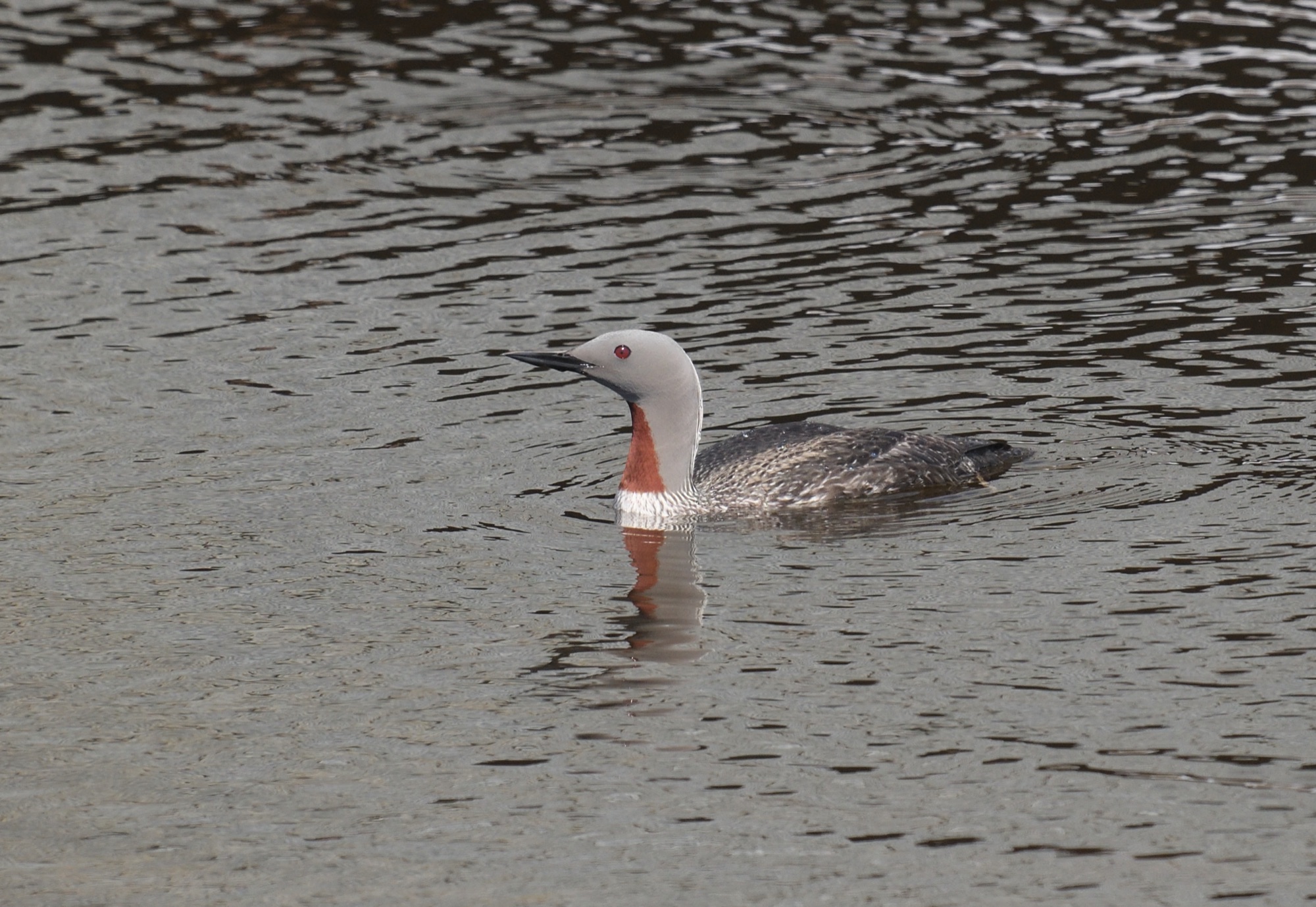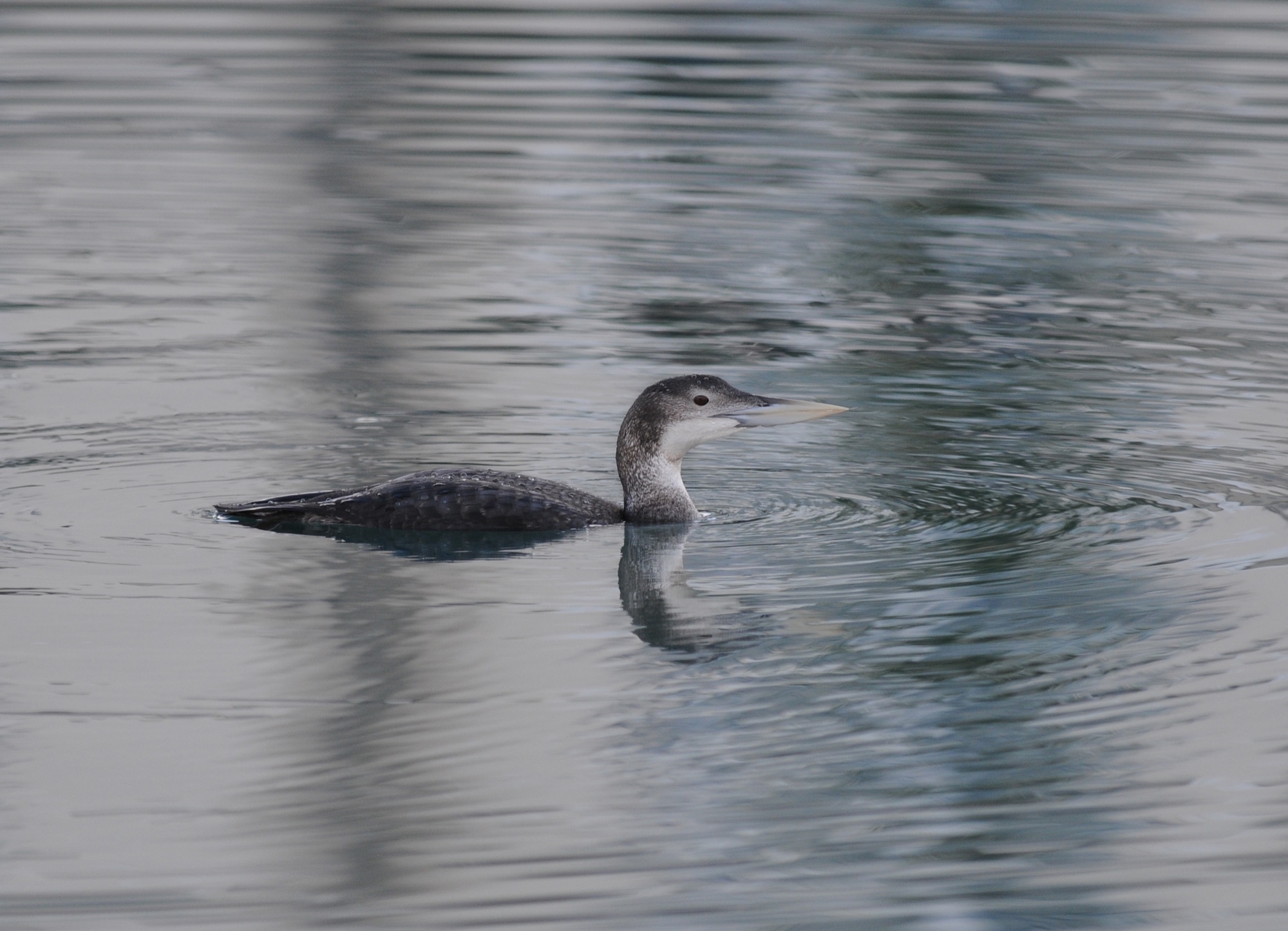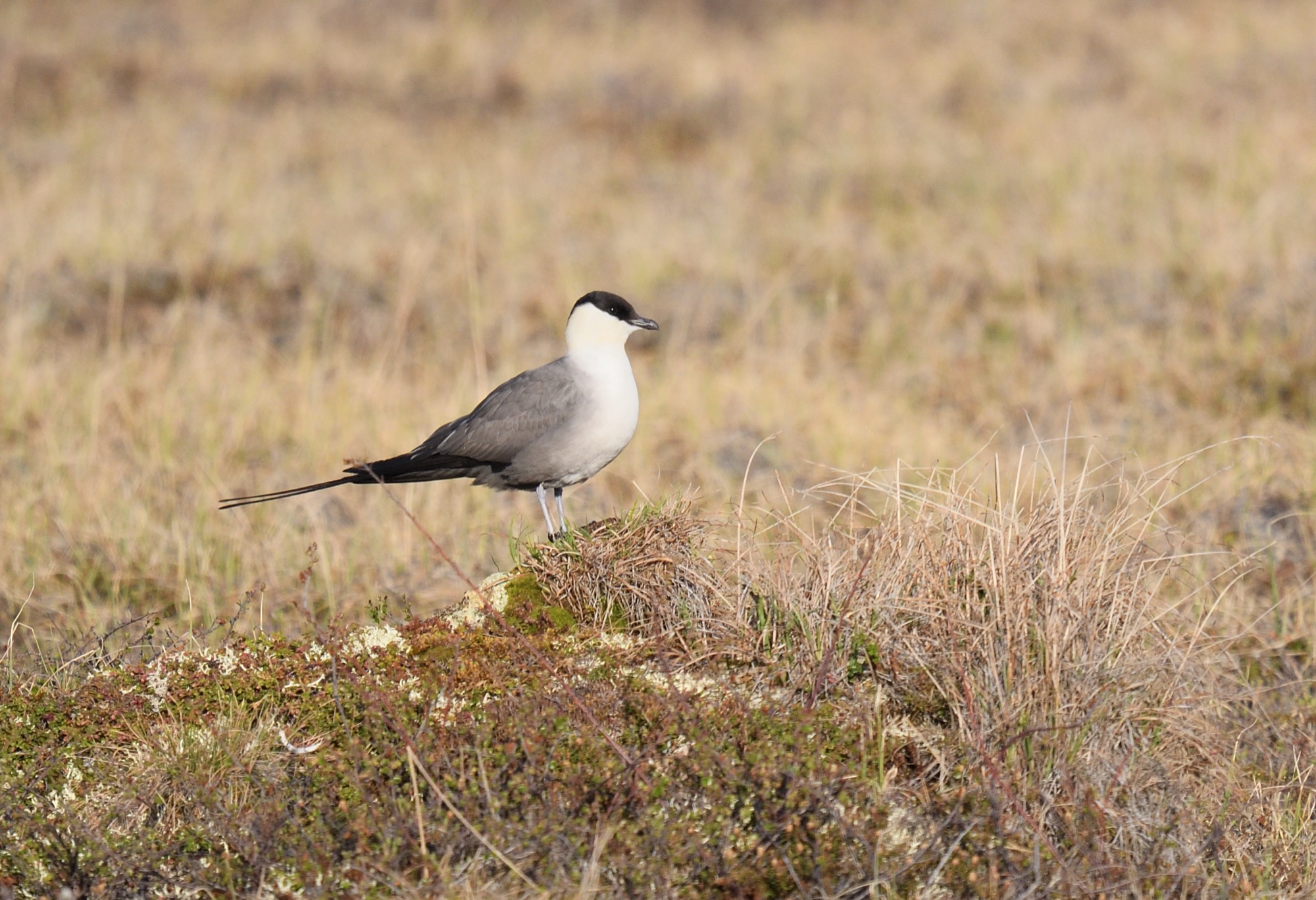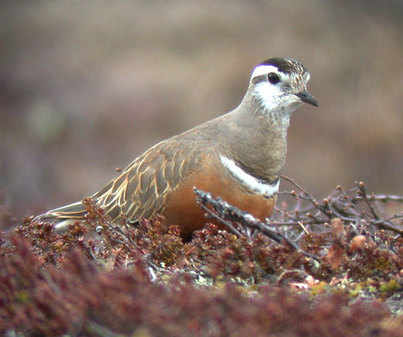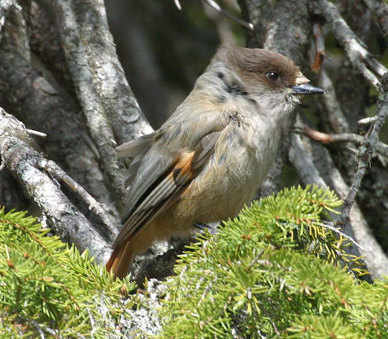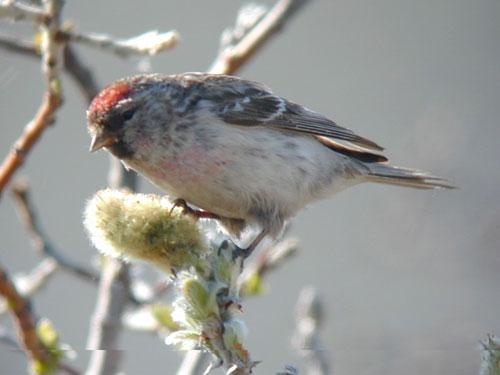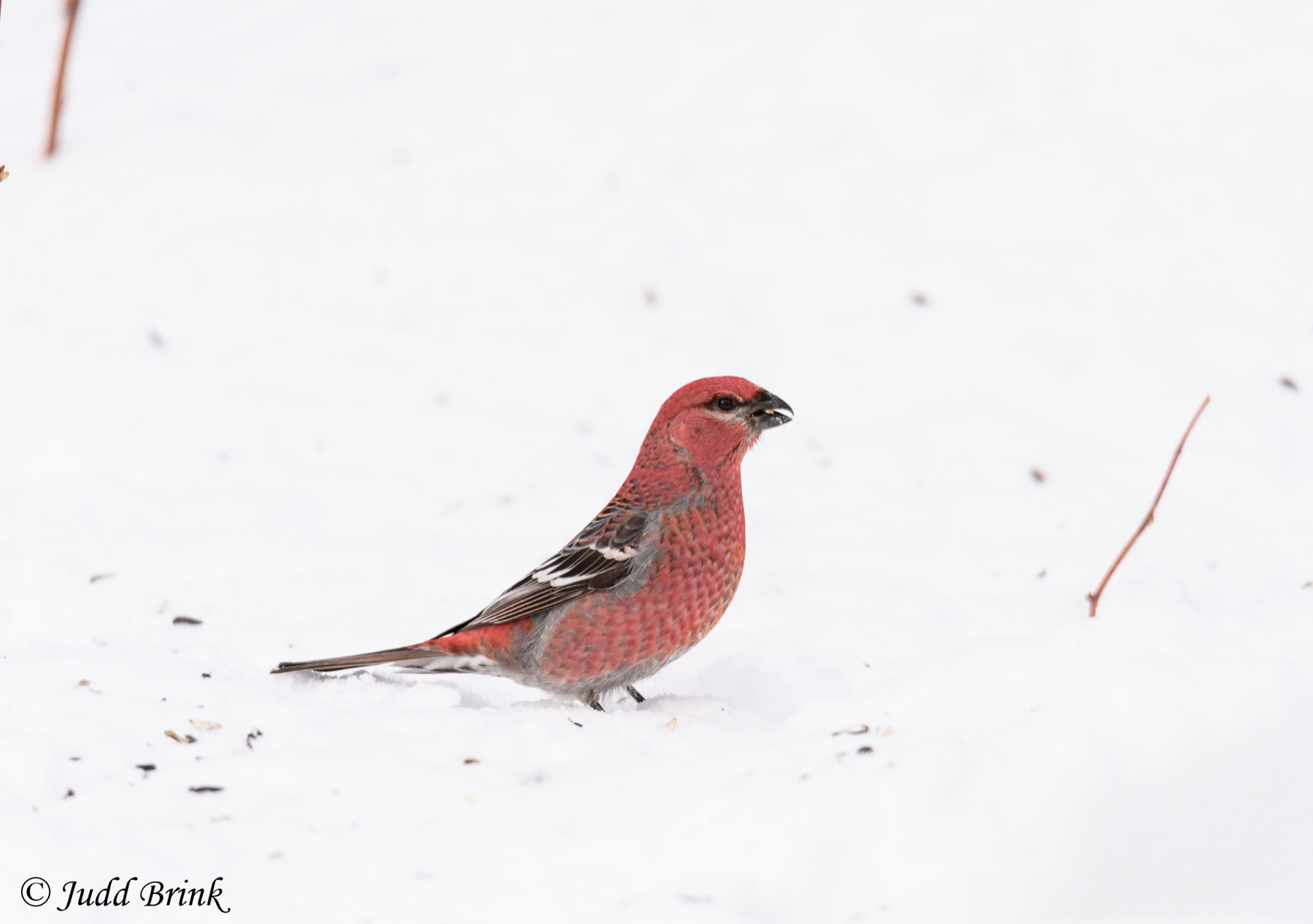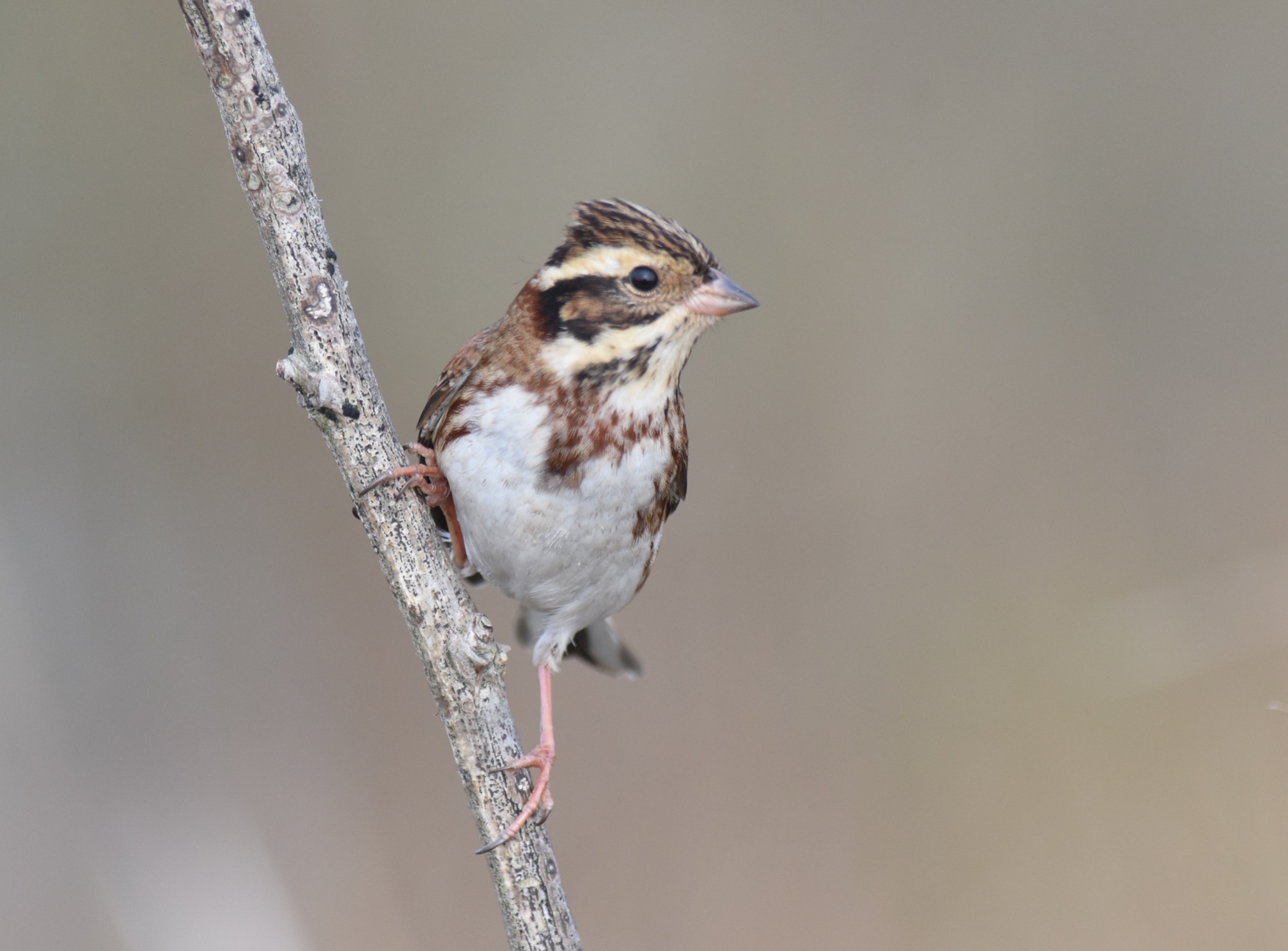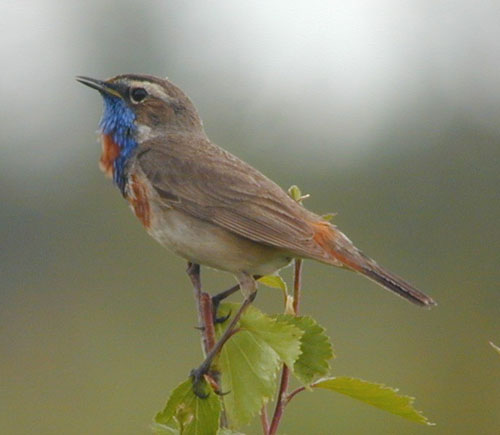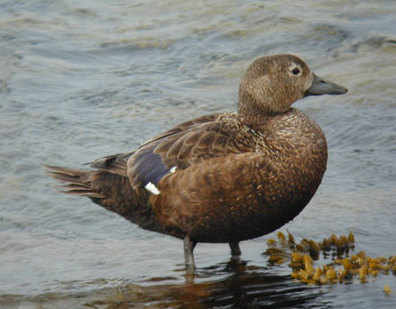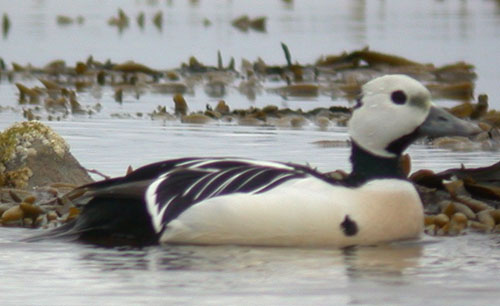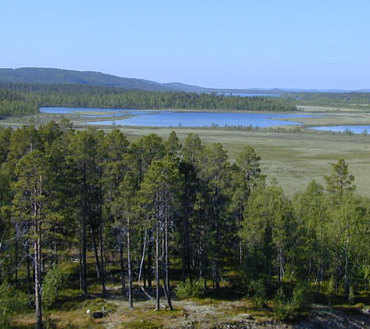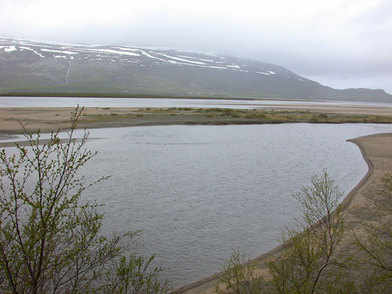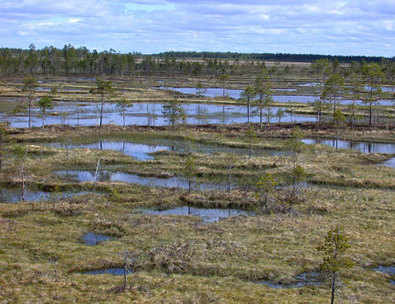FINLAND and ARCTIC NORWAY 2024 Boreal & Arctic Birding at its Best!
Day 1 ARRIVAL IN OULU (29th May)
Following our international flight to Oulu, we will transfer a short distance to a conveniently situated hotel. Oulu is a port on the northeast shore of the Gulf of Bothnia and is THE place for owls in Europe, so once we have checked into our hotel we will have a try for our first owl, the fearless Pygmy Owl in a nearby forest.
Days 2 - 3 OULU
The area surrounding Oulu can, in a good vole year, hold eight of Finland’s ten species of owl and our local guide knows where to find them and has an incredible success rate. Although every year is different and owl populations fluctuate according to the presence of rodents each year, we will intiially concentrate on finding the elusive Ural, Tengmalm's and Eurasian Eagle Owls. Most years the wandering-natured Northern Hawk Owl also breeds in the area, Short-eared Owls are present and some years also Long-eared Owl can be found in the vast fields that surround Oulu. We will also make a special excursion into the deep taiga forest to a special breeding site of the magnificent Great Grey Owl, which must rank as one of the most sought-after of this family. Just imagine those piercing yellow eyes looking at you from the branches of a nearby dead tree. At the other end of the scale Europe’s smallest owl, the Eurasian Pygmy Owl can be whistled out of the tree canopy and often provides stunning views.
Within these two days we will also visit Liminganlahti, an internationally important wetland that harbours thousands of waders and ducks. Usual sightings here include Whooper Swan, Common Crane, White-tailed Eagle and Western Marsh Harrier, as well as Garganey and Smew along with few pairs of Black-tailed Godwit, a scarce bird up here. After watching stunning summer-plumaged Little Gulls, Black-headed Gulls and Common Terns catching insects from the sky we will head to the forests to look for Eurasian Three-toed and Black Woodpeckers. Other possible forest species in the area include Black and Hazel Grouse and Capercaillie. Oulu is also one of the last places in Finland where the rare Terek Sandpiper still breeds and there are only a few pairs breeding in Finland and this is one area where our local guides' knowledge really comes to the fore. Other species we may encounter include Eurasian Wryneck, Fieldfare, Redwing, Red-backed Shrike, Mealy Redpoll and Ortolan Bunting.
Although lying on the threshold of Lapland, some ‘night singers’ are found in the Oulu area in most years and there might be a chance to find Thrush Nightingale or a Blyth’s Reed Warbler – and perhaps even Corncrake, whilst both River and Marsh Warblers are not entirely excluded either. As it hardly gets dark at this time of year we can listen to the song of Redwings as they proclaim their territories, even at midnight! Nights in Oulu.
Days 4 - 6 OULU - KUUSAMO
From Oulu the journey continues north and then east to Kuusamo. Along the way we will stop to scan some of the extensive forest bogs and lakes where Black-throated and Red-throated Divers, Red-necked Grebe, Velvet Scoter, Smew, Broad-billed Sandpiper and Jack Snipe breed. The real draw of the huge taiga forests surrounding Kuusamo are the exhilarating list of eastern and northern species present such as Northern Red-flanked Bluetail, Arctic and Greenish Warblers, Siberian Tit, Dipper, Siberian Jay and Rustic Bunting. Other species might include Bohemian Waxwing, Great Grey Shrike, Red-necked Grebe, Common Rosefinch and Parrot Crossbill. The climb up to Valtavaara Hill for Northern Red-flanked Bluetail is steep and the birds are never guaranteed to be singing, though the view is magnificent. The terrain is mostly easy to walk but will involve one or two steep uphill climbs, so a reasonable level of fitness is required for this excursion.
We will also spend quite some time driving and exploring the vast forests surrounding Kuusamo in the early mornings to look for Capercaillie and both Black and Willow Grouse. A moderate walk in the beautiful old forest area of Oulanka National Park might give us sightings of the elusive Hazel Grouse. This natural preserve adjoining the Paanajärvi National Park on the Russian side of the border, Oulanka is the westernmost extreme of the taiga or boreal coniferous forest zone. In addition to the spruce forests with beard lichen and thick moss, lichenous upland pine forests, wild river valleys and watery aapa mires, Oulanka also preserves a wide selection of birds and animals. Its river valley flora and fauna is a distinctive mix of northern, eastern and southern species and is where the narrow shouldered Siberian spruce forests is home to Brown Bears, Golden Eagles, Siberian Jays, Two-barred Crossbill and Dippers, creating a strong sense of the boreal riverine wilds. Other species present around Kuusamo include Goldeneye, Rough-legged Buzzard, Wood Sandpiper, Heuglin’s Gull, Bohemian Waxwing, Brambling and Little Bunting. Nights in Kuusamo.
Day 7 KUUSAMO - IVALO
We will leave Kuusamo after breakfast and make our way to Ivalo in Lapland. On the way we will stop to scan the beautiful bogs which are home to waders such as Spotted Redshank, Broad-billed Sandpiper and Jack Snipe. After stopping for the customary group photo at the Arctic Circle we continue north, maybe getting better views of species such as Smew and Merlin along the way. Time allowing we may also check some of the higher hills for Rock Ptarmigan and Dotterel before reaching our next hotel. Night in Ivalo.
Day 8 IVALO - BATSFJORD
We will leave Ivalo and drive until the forests give way to the vast open arctic landscape which is characterized by fjells. Before leaving the forested hills we will make a special effort to find the quiet and elusive Pine Grosbeak, which can sometimes be found at feeding stations along our route. The bogs and lakesides provide excellent birding sites with Lapland Longspurs, Black-throated Divers, Common Scoters, Purple Sandpipers and Bluethroats. Meanwhile, Rough-legged Buzzards can be seen soaring over the vast landscape, while Eurasian Golden Plover, Bar-tailed Godwit and Spotted Redshank all show themselves in glorious summer plumages. We will then drive alongside the River Tana and cross the border into Arctic Norway, visiting a delta area that is famous for its moulting Goosanders and breeding waders, as well as a colony of Arctic Terns and we also have fair chances to see some seals as well. If our luck is in, then we may well be able to scope a majestic Gyr Falcon at a traditional breeding site on some nearby rocks!
From the delta we will continue over the high altitude tundra to Båtsfjord, a small harbour town on the northern edge of Varanger peninsula. The tundra is home to Ptarmigan and Long-tailed Skua, whilst Dotterel are often seen just by the roadside. And, with a little bit of luck, the magnificent Snowy Owl is sometimes present on the more remote fjells. Near the town is an excellent seawatching site offering good changes to see Glaucous and Iceland Gulls – just to name a few. Depending on the snow cover we will venture onto the barren fjells where there are further opportunities to see Dotterel, Long-tailed Skua, Lapland Bunting and Whimbrel. Night in Båtsfjord.
Days 9 - 11 BATSFJORD - VARANGER FJORD - VARDO
This morning we will drive again over the fjells via the Tena delta and enter the famous Varanger Fjord itself. From our pleasant base at Vardo, which is connected to the mainland by a road tunnel, we will explore coastal and inland tundra, marshes, fjells and birch woodland. Here beside the Barent’s Sea, which is so rich in birdlife, there are several species not found anywhere else in Europe. Amongst this superb scenery we can look for White-billed, Red and Black-throated Divers that are superb in their breeding finery, Taiga Bean Goose, the exquisite Steller's and stunning King Eiders, Velvet Scoter, Long-tailed Duck, Willow Grouse, Arctic and Long-tailed Skua, Glaucous and Iceland Gulls, Bluethroat, Arctic Redpoll, Red–throated Pipit, Shore Lark and Snow Bunting. The butterfly display of Temminck’s Stint and the Ruff’s pantomime show are also worth seeing here, while Red-necked Phalaropes entertain us by spinning around in small fjell lakes. In this peaceful wilderness, majestic White-tailed and Golden Eagles thrive, as do the smaller Rough-legged Buzzard, Merlin and Short-eared Owl. We also have a good chance to find Glaucous and Iceland Gulls roosting on the beaches, whilst scanning the sea could reveal a good passage of skuas, with Arctic and Pomarine usually passing in good numbers.
To the north and east the scenery beyond the fishing port of Vardö is more dramatic and wilder and the landscape is dominated by stark sea-cliffs, stony fjells and fast flowing rivers. A major highlight of our time here will be a boat trip from Vardö to the famous seabird colony on the small island of Hörnoya (weather-permitting). The Hörnoya Nature Reserve is the easternmost of the protected bird colonies in Norway and is home to a breeding colony of Common, Black and Brünnich’s Guillemots, Razorbills, Puffins, Black-legged Kittiwakes and Shags. With very close up views of all of these birds, the overwhelming noise and clamour of the active breeding cliffs offering superb photographic opportunities we are sure to have an unforgettable visit! Nights in Vardo.
Day 12 VARDO - IVALO
Heading back into the Taiga Forest of Finland, we have one last chance to see species such as Northern Hawk Owl, Siberian Jay, Bohemian Waxwing or maybe even a singing Arctic Warbler! Or just simply to enjoy our last day's birding in the beautiful Finnish Forests. Night Ivalo.
Day 13 END OF TOUR (10th June)
After breakfast we will transfer to Ivalo Airport for our return flights to the UK and end of this exciting tour.
.

